The New York Post had an article on December 18 that practically lifted its title straight from this blog:
Earth’s magnetic north pole is speeding towards Russia
“Earth’s magnetic north pole is shifting faster than anyone had predicted. Polar shifts aren’t uncommon and we’ve long known that Earth’s magnetic poles are always on the move, but the rate at which the pole was moving gave researchers pause.”
[Whoa, the official narrative used to be that pole shifts only happen once every 780,000 years or so. I know pole shifts happen at least every 12-13,000 years and that they aren’t just magnetic but that axial, geophysical, catastrophic pole shifts happen – but is the narrative changing?]
“Now, months after that initial report, new research confirms the drifting pole is still headed toward Siberia and it’s doing so at unprecedented speeds. In a new report from NOAA, the “World Magnetic Model” for 2020 is revealed and it shows that the pole is speeding toward northern Russia.”
From Zerohedge.com’s article:
“Geomagnetic specialist Ciaran Beggan from the British Geological Survey (BGS) told the Financial Times:
“The movement since the 1990s is much faster than at any time for at least four centuries.
We really don’t know much about the changes in the core that’s driving it.”
“The new model also confirms that Earth’s magnetic field is weakening. If this continues, scientists say the field could collapse entirely and flip polarity—changing magnetic north to south and vice versa—and the consequences could be dire for the planet.”
“The decrease in geomagnetic field is much more important and dramatic than the reversal,” said Dr. Nicolas Thouveny from the European Centre for Research and Teaching of Environmental Geosciences (CEREGE) in Aix-en-Provence, France.
“It is very important to understand if the present field will decay to zero in the next century, because we will have to prepare.”
[As the magnetic field weakens, so does the friction and viscosity between the Earth’s crust and layers below. A strong magnetic field causes partial crystallization latticing through the iron-rich magma. In a weak field, these molecular structures break up, lowering viscosity and friction – and this is what will eventually allow mass imbalances to shift the crust over an increasingly liquid layer beneath.]

